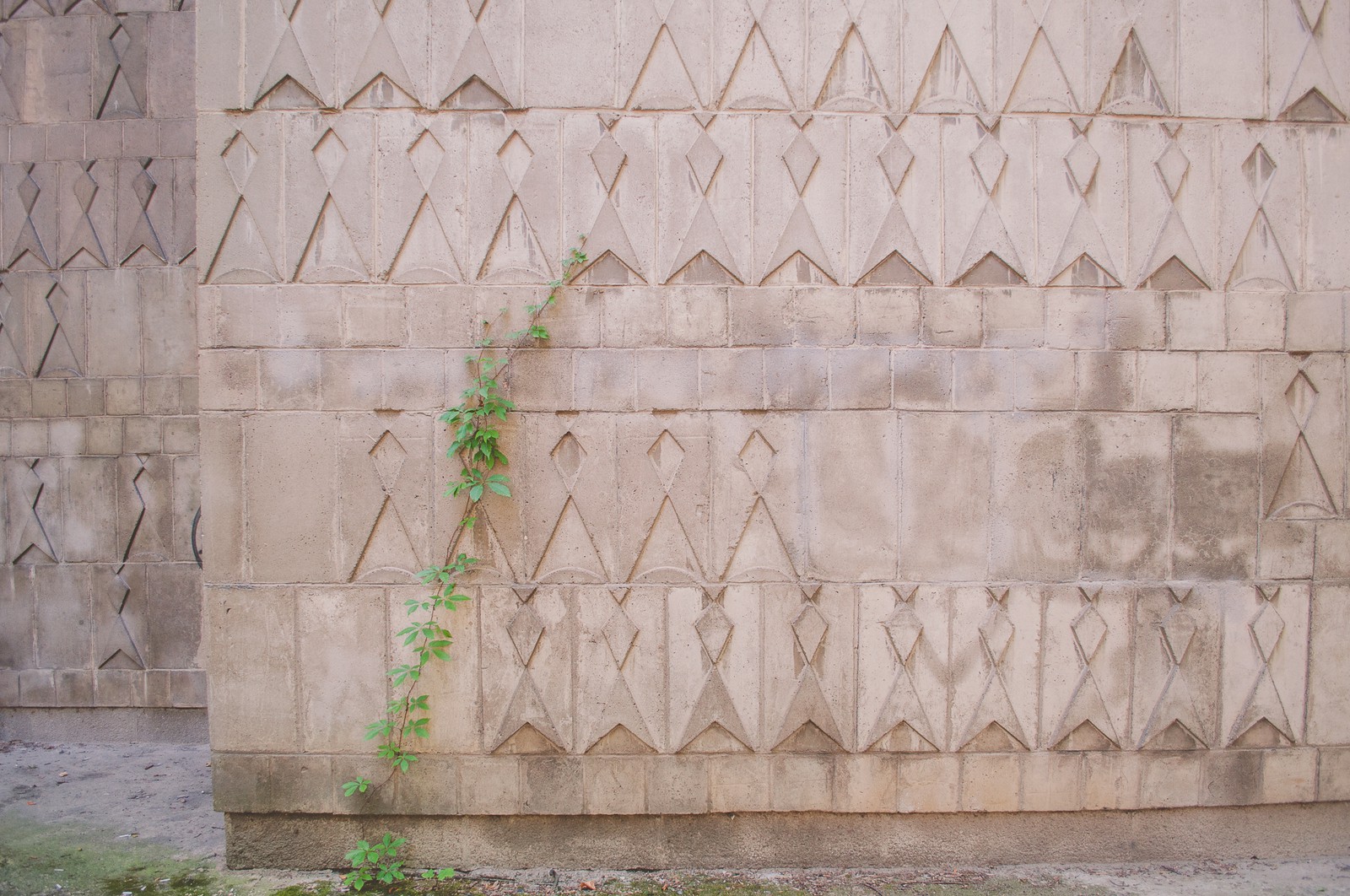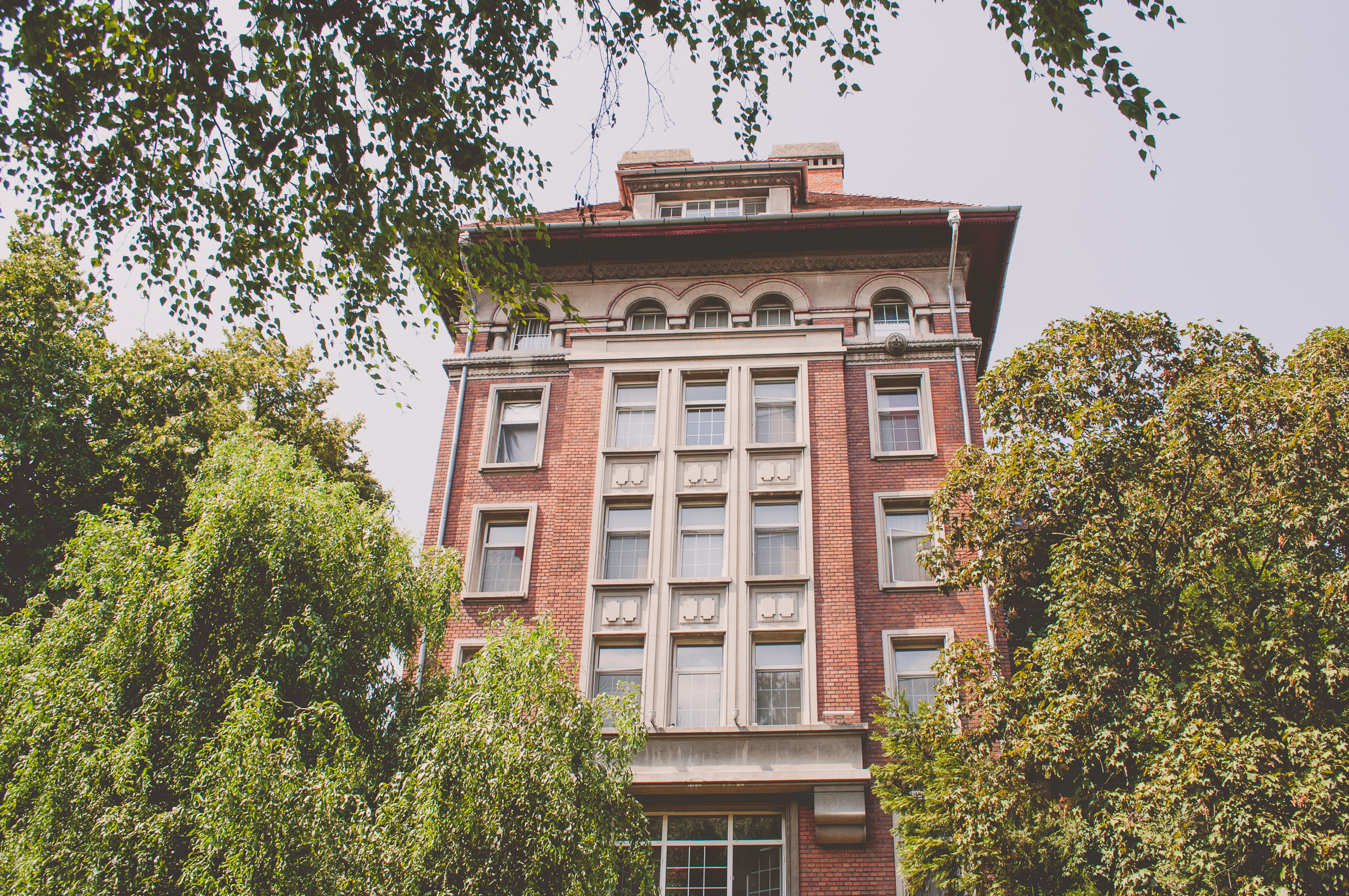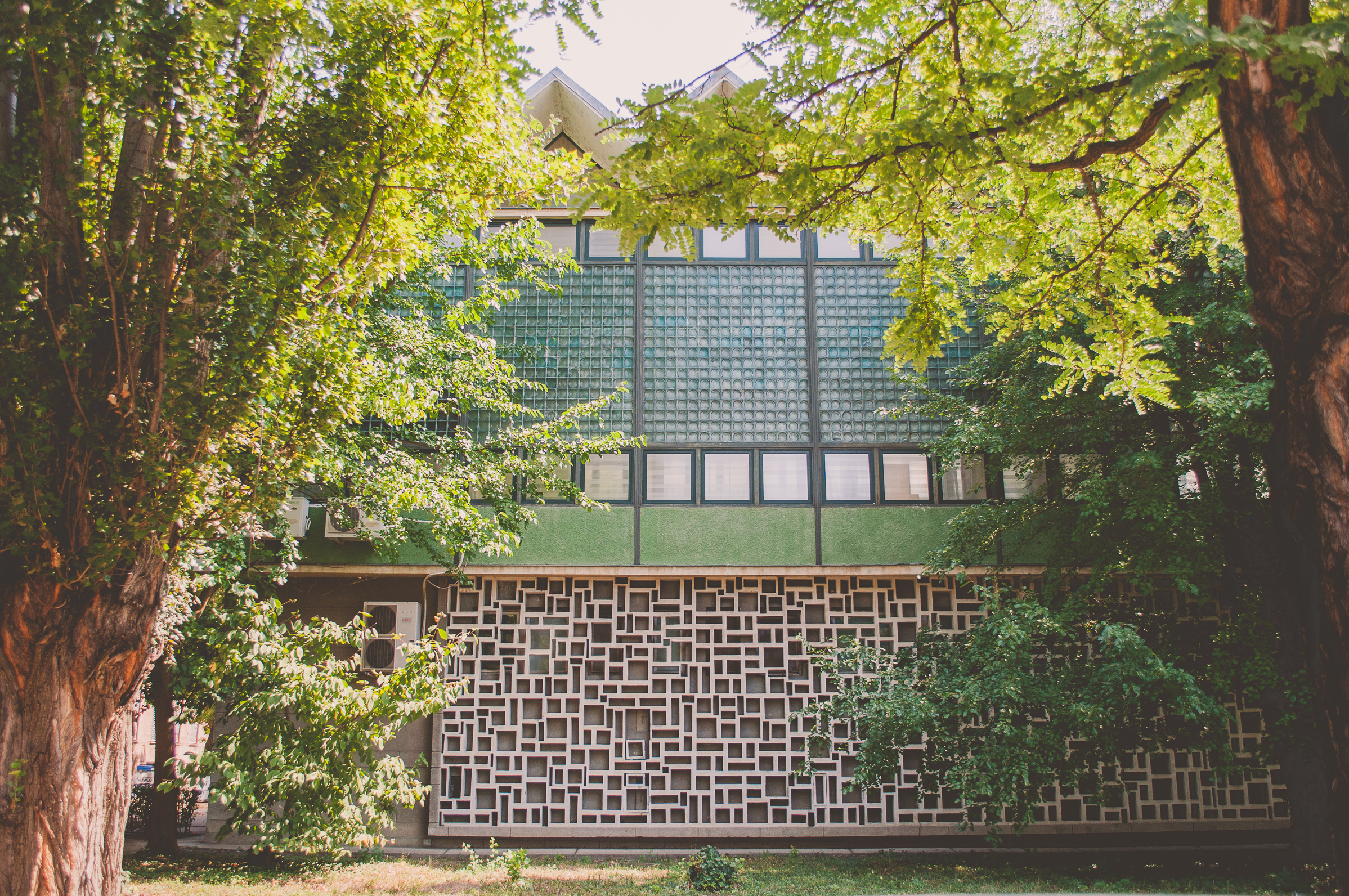
Space and perception
Two years ago, at the onset of the architecture tours, writing for the BETA Architecture Biennale text competition, I was trying to put to paper my thoughts on how we perceive and experience this city of ours, the city where we live, work, love. The theme of the biennale “Look at the city”, was capturing, in its conceptual essence, this exact need to understand beyond a glance, to go beyond the facades, to decode through the means of the senses and of the mind the embodiments of brick, concrete and stone, the alignments of vegetation, the spatial organization and flows which make up the urban landscape through which we move.
With some regret, I was, in fact, talking about my limited perception, about the purely virtual character of my own city. I was, and still am, used to see it from behind the wheel, trapped inside the air-conditioned and aseptic interior of my own car. YES! I live in sin. I am one of those who, unfortunately, has too little time to perceive the city in its fullness, as it is, unfiltered by screens and technological gimmicks. My perception is purely visual, an abstract sequence of images that runs in speed between points A and B. If you are like me then it is for you that I talk.
I am sure you have the same feeling of anomie - a feeling Simmel attributed to early twentieth century Berliners. Simmel noticed how, under the barrage of information and stimuli of the modern metropolis, trapped in their daily routine, Berliners voluntarily reduced their interaction with the sensory world, turning into automatons acting in the service of their city's mechanisms. In such a world, the city becomes a kind of museum with exhibits to which we are mostly indifferent. From time to time, an exhibit draws our attention, we fall under its spell, fascinated by its forms, its surroundings. But do we really know the story behind its walls? Each architectural gesture conceals a specific need, a thought, the beliefs of those who have made it, ultimately, a way of understanding the world. Are we still trained today for such a complex understanding of our world? Is our perception of space a complete one?
 Dormitory MV 1, Polytechnic Institute Campus, built in the 20s, arch. Duiliu Marcu. Source: Architecture Tour
Dormitory MV 1, Polytechnic Institute Campus, built in the 20s, arch. Duiliu Marcu. Source: Architecture Tour
Let's admit that we have two ways to understand space and its artifacts. The first way is subjective and is based on our individual experiences accumulated over time. The interpretations they generate are purely personal, manicheistic in their strength ... we like it or do not like it. Sometimes, the simple argumentation of these choices becomes difficult, precisely because they are not based on a rational understanding but on an emotional interpretation. We react emotionally to stimuli: light or dark, cold or hot, quiet or noisy, flat or textured, fragrant or stuffy, simple or complex. Note that all these antinomies express, basically, spatial qualities that are decoded simultaneously and with immediate effects by our sensory apparatus.
We, therefore, say that sensory perception of space is the result of a complex reading based on sight (eyes measure, compare and decode signs and signals space around us), movement (we don’t just teleport form here to there - space is thus perceived in motion rather than from fixed positions), touch (we are bodily and not etheric beings, which is why in reality we come into contact with the world through all our pores and nerve endings), hearing (each space has a different sound depending on its size, direction and materiality) and last but not least, on smell (probably our most archaic sense, and the sense with the greatest capacity to carry us in space and time through the drawers of our memory or experience).
Let's admit, therefore, that subjective perception is based, in the first instance, on our ability to sensibly decode the quality of space. But is it enough? All animals do so. They all learned to adapt to the conditions in which they live. What separates us from animals is our ability to be objective to the world in which we move. We are objective with the world because we perceive ourselves as beings endowed with a critical apparatus, capable of decoding reality, but especially because we understand our position in relation to the groups in which we live. Our civilization is basically built through a continuous mediation between individual and collective, between individual values and common values.
 Weste University Sports Hall, the 60s, arch. Hans Fackelmann. Source: Architecture Tour
Weste University Sports Hall, the 60s, arch. Hans Fackelmann. Source: Architecture Tour
An objective view of the world requires an educated reading of space. Time allows us to study. We learn about the history of the place, the cultural, economic factors that created and transformed it over time. Learning about such places, spaces and moments, we in fact acquire the ability to compare, to hierarchize, to understand certain needs, and ultimately the mechanics of space formation. We are, thus, reconnecting ourselves to space and place through an informed yet common understanding of its rules. We become part of the local culture and we understand its meaning, its signs and the symbols. SIGNS AND SYMBOLS, therefore, require an objective, conscious, educated reading. Unfortunately, most of the time we act like tourists in our own cities. "We go out to town", we say in Romanian, whenever we go out in the weekend, to just feel it… urbanity. It's what we do not have time to do during the week. We learn to adapt, as animals do, saving energy, saving life like it was a battery.
The French sociologist Lefebvre told us that space works when it is lived and alive, when it is perceived in all its formal symbolic complexity. We talk more about the qualities of the lived space during our tour.
Sources:
- Simmel
Georg, The Metropolis and Mental Life
- Lefebvre
Henry, The Production of Space